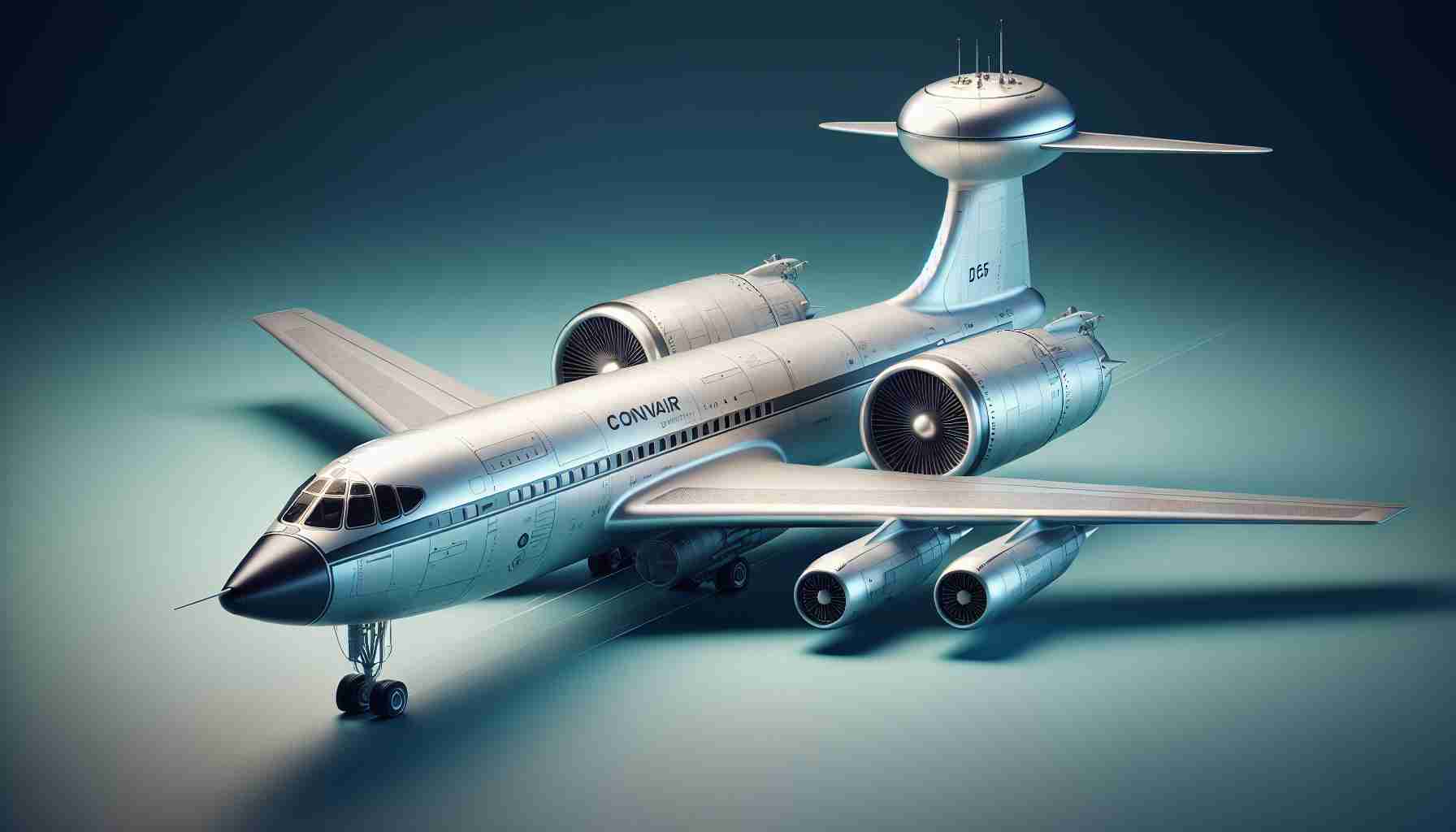The Convair X-6 project remains one of the most fascinating “what-if” stories in aviation history. Initiated during the Cold War, it was an ambitious attempt by the United States Air Force and Convair to develop a nuclear-powered bomber that could remain airborne for days without refueling. The goal was to modify the Convair B-36 Peacemaker bomber to house a nuclear reactor, which would theoretically give the aircraft nearly unlimited range, providing a constant deterrent in the skies and a valuable reconnaissance asset.
Background and Purpose
In the early 1950s, as the Cold War intensified, both the United States and the Soviet Union were exploring ways to extend the range and endurance of their strategic bombers. For the U.S., the concept of a nuclear-powered aircraft represented a new frontier in military capability, theoretically enabling aircraft to stay airborne indefinitely. This was seen as an immense advantage, as refueling large bombers in mid-air required substantial resources and limited their operational range.
Design Challenges
Developing a nuclear-powered plane, however, posed unprecedented challenges. The X-6 was envisioned as a modified version of the B-36, with a nuclear reactor replacing part of its traditional fuel-based power system. The most significant design issue was shielding the crew from radiation, as the reactor would emit dangerous levels during operation. Convair’s engineers developed a heavily shielded crew compartment, but the added weight significantly impacted the aircraft’s overall performance.
Additionally, the complexity of maintaining and controlling a nuclear reactor within the confines of an aircraft posed unique risks, including potential contamination in the event of an accident. Even though advancements were made, safety concerns loomed large.
The Nuclear Test Aircraft (NTA)
Before the X-6 itself was constructed, the U.S. Air Force initiated the Nuclear Test Aircraft (NTA) program. They fitted a modified B-36, known as the NB-36H, with a working nuclear reactor (although it was not connected to the engines). The purpose was to observe radiation levels and test shielding capabilities during flight. The NB-36H conducted around 47 test flights between 1955 and 1957, with the reactor aboard but not powering the plane. This experiment provided invaluable data on radiation containment and shielding.
Further reading on the NTA program can be found here.
Cancellation and Legacy
Despite the advancements, the Convair X-6 program was ultimately canceled in 1961. The rapidly rising costs and mounting technical difficulties, along with improvements in intercontinental ballistic missile (ICBM) technology, made the nuclear-powered bomber less appealing. The development of ICBMs meant that nuclear deterrence could be achieved from land-based systems, reducing the strategic need for nuclear-powered bombers.
The Convair X-6 and its associated test projects remain a testament to the ambitious and often risky innovations of the Cold War era. While the concept of a nuclear-powered aircraft never took off, the insights gained from these experiments influenced later technologies, including reactor design and containment systems in other sectors.
For a more detailed history and technical breakdown of the Convair X-6, this article offers an in-depth look into its development and challenges.
The Fascination with Nuclear-Powered Aircraft
The idea of nuclear-powered aircraft remains a point of fascination. Although the concept is no longer pursued for manned aircraft, research into nuclear propulsion has resurfaced for other applications, including space exploration. The Convair X-6 stands as a symbol of the Cold War era’s technological aspirations, illustrating both the potential and limitations of nuclear-powered flight.
For further insights into nuclear-powered flight, you can explore additional resources from the Smithsonian Air and SpaceMuseum, which covers a range of experimental Cold War aircraft.
The Convair X-6 is a reminder of the ambitious, sometimes outlandish, projects that defined an era and pushed the boundaries of engineering and imagination.







